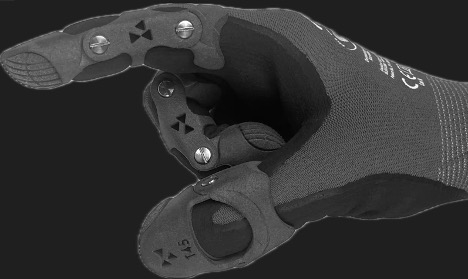
The demand for wearable devices, including smartwatches, fitness bands and smart patches is increasing rapidly. These devices require high-performance sensors on surfaces of various shapes and types.
Now, researchers at the Korea Institute of Science and Technology have developed a transfer-printing technology that uses hydrogel and nano ink to easily create high-performance flexible sensors of diverse shapes and structures. These sensors can be used in smartwatches, fitness trackers and medical wearables.
Read more KIST Develops 3D Soft Robots That Look Like Living Creatures
Hydrogel is a three-dimensional hydrophilic polymer network that absorbs large amounts of water.
Transfer-printing is a procedure for creating electrical gadgets through which electrodes are imprinted on a transfer mold and then transferred to a final substrate.
The research team was led by Dr. Hyunjung Yi of the Post-Silicon Semiconductor Institute.

Transfer printing works in a way similar to that of a tattoo sticker: just as sticking the tattoo sticker onto the skin and then removing the paper section leaves the image on the skin, this process creates a structure on one surface and then transfers it onto another. The technology doesn’t melt the hydrogel, maintaining its desired characteristics.
Using the porous and hydrophilic nature of hydrogels, the KIST team inkjet-printed an aqueous solution-based nano ink onto a hydrogel layer (which was solidified onto a topographic surface).
To prove their technology in practice, the researchers transferred nanoelectrodes directly onto a glove to create a modified sensor that can immediately detect finger movements. It also created a flexible, high-performance pressure sensor that can measure the pulse in the wrist.
“The outcome of this study is a new and easy method for creating flexible, high-performance sensors on surfaces with diverse characteristics and structures. We expect that this study will be utilized in the many areas that require the application of high-performance materials onto flexible and/or non-traditional substrates, including digital healthcare, intelligent human-machine interfaces, medical engineering, and next-generation electrical materials,” said Yi.


